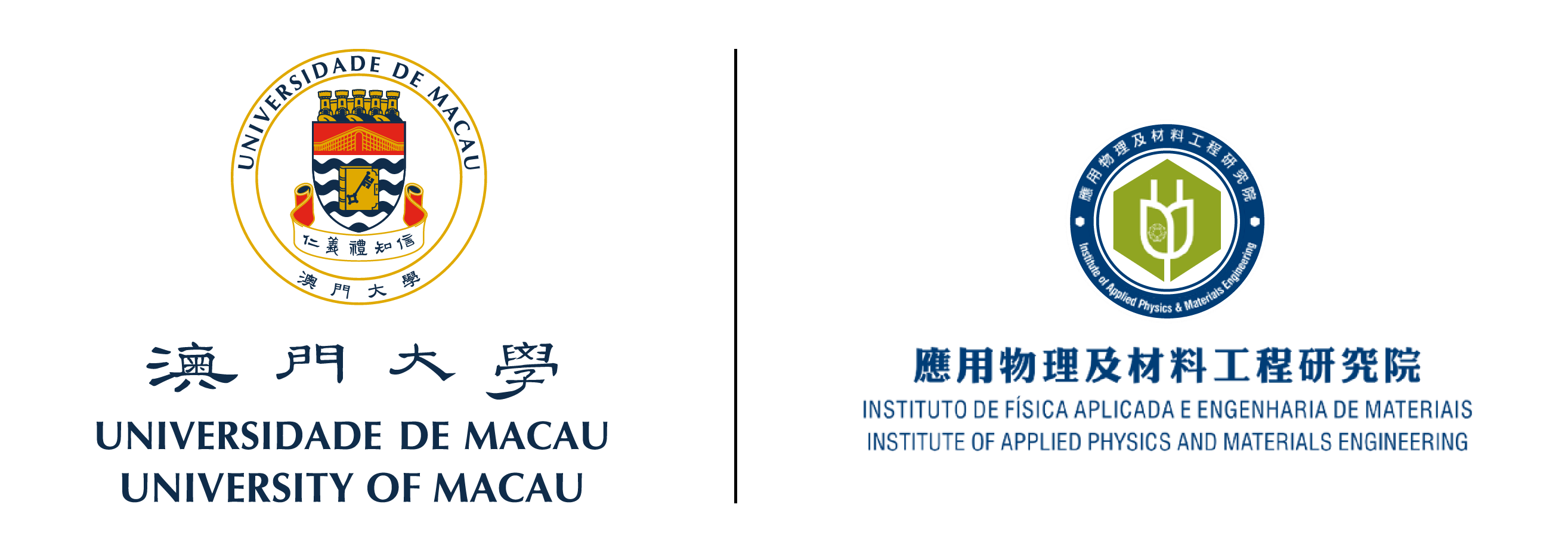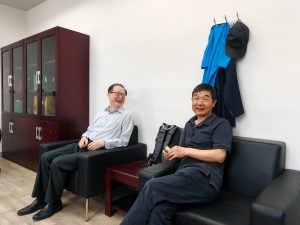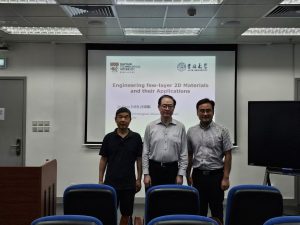Prof. Zexiang Shen (申澤襄), School of Physical and Mathematical Sciences, Nanyang Technological University in Singapore, visited IAPME on 26-27 June, 2025. During his visit, he delivered an insightful presentation titled “Engineering few-layer 2D Materials and Perovskites and their Applications”. The seminar was hosted by Prof. Handong Sun.
Prof. Shen is Full Professor of Physics in Nanyang Technological University (NTU). He serves as Associate Dean for interdisciplinary research, Graduate College. He is the Co-Director of Centre for Disruptive Photonics Technologies. He also holds a joint appointment at School of Materials Science and Engineering. Prof. Shen’s current research work involves spectroscopic and theoretical study of graphene, 2D materials and hybrid perovskites using ultra-low wavenumber Raman spectroscopy, photoluminescence and time resolved spectroscopy in combination with high pressure and low temperature. He is a winner of NTU Nanyang Award for Research and Innovation, Gold Medal for Research Excellence by Institute of Physics Singapore, Honorary Professor of Moscow State University, etc.
In his talk, Prof. Shen first introduced the optical and electronic structures of two-dimensional (2D) materials and perovskites. The properties can also be tuned by stacking configuration, which allows us to build electro and optical devices with the same material and the same thickness. Raman/Photoluminescence (PL) spectroscopy and imaging have been extensively used in the study of nano-materials and nano-devices. They provide critical information for the characterization of the materials such as electronic structure, optical property, phonon structure, defects, doping and stacking sequence. Electrical experiments and ab initio calculations reveal that difference in the electronic structures mainly arises from competition between spin-orbit coupling and interlayer coupling in different structural configurations.
During the visit to IAPME, Prof. Shen has exchanged ideas with members of Prof. Handong Sun’s group.



